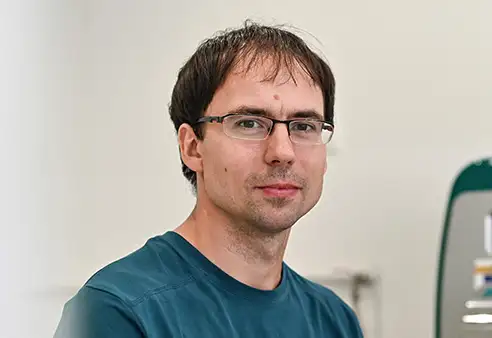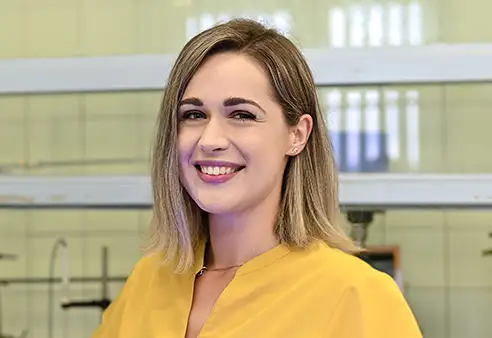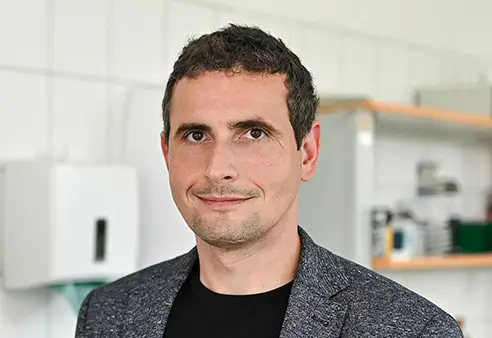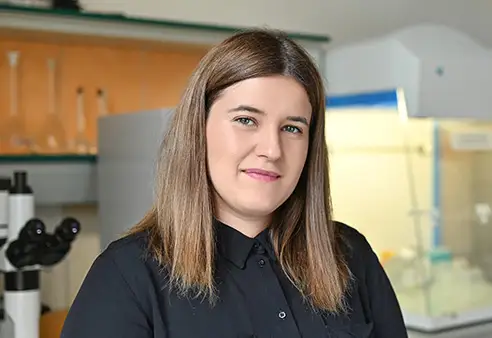How to measure the metabolism of the heart and other internal organs as quickly, accurately and non-invasively as possible? Assoc. prof. Ing. Ladislav Valkovic, PhD. focuses on this matter in his research at the Institute of Measurement Science of the Slovak Academy of Sciences (SAS) in Bratislava and at the Oxford Centre for Clinical Magnetic Resonance Research at Oxford University.
Ladislav Valkovič works on the development and application of non-invasive methods for measuring tissue metabolism using magnetic resonance imaging. Recently, his main focus has been the human heart. The structural changes in the heart that we can observe are often a response to some change that may not be visible. The young scientist wants to contribute his work to the early detection of these changes.
Currently, these methods are mainly used in research to gain insights into how our organs work or respond to external stimuli, such as drugs. "Unfortunately, measuring metabolism is still not a clinically approved tool, so it is not yet used in hospitals. But there is a growing body of evidence about how beneficial it is,”says the researcher, who hopes that measuring metabolism will soon help doctors at work.
He considers the development of the rapid method of measuring metabolic processes in muscle to be his greatest achievement to date. It is unique in that it allows metabolic processes to be monitored even while exercising, which was not possible before. "By comparing the processes while resting and during exercise, it is possible to determine the flexibility of muscle metabolism at an increased load," explains Ladislav Valkovič. As a result, they have shown that in old age, muscles become metabolically inflexible. Although they do not differ from the muscles of young people at rest, they react differently during exercise.
The method of measuring metabolic processes in the liver is also successful. It allows non-invasive differentiation of individual stages of liver cirrhosis, thus replacing the invasive biopsy. Thanks to the method of measuring free phosphate and pH in the human heart, it is possible to determine the total energy required for the work of the heart, which is important especially in patients with heart failure. Ladislav Valkovič considers the unification of the measurement of this energy as a fast and reliable protocol to be the next goal of his career. He also received a prestigious scholarship from the Wellcome Trust for this work.
Ladislav Valkovič's fascination with the quest for knowledge was what attracted him to his scientific career. He began his studies of biomedical engineering at the University of Žilina. However, his career was also influenced by his wife, for whom he went to Vienna. He worked there in the department of magnetic resonance imaging at the Medical University of Vienna. He earned his PhD at the Institute of Measurement Science of the Slovak Academy of Sciences in Bratislava. He got into the topic of metabolic imaging, which he is still focused on, during his research stay in Zurich, Switzerland. Since 2015, he has been ‘’sitting on two chairs’’, so to speak, because in addition to his position at the SAS, he also accepted an offer to work on measuring heart metabolism at the University of Oxford. He also received the title of associate professor at Oxford. He has already managed to win several domestic and foreign awards for his excellent results.
In his free time, he is mainly focused on his family life, traveling to close and faraway destinations and reading books. As a young man, he competed in ballroom dancing, which he has no time left for in addition to his scientific career.



